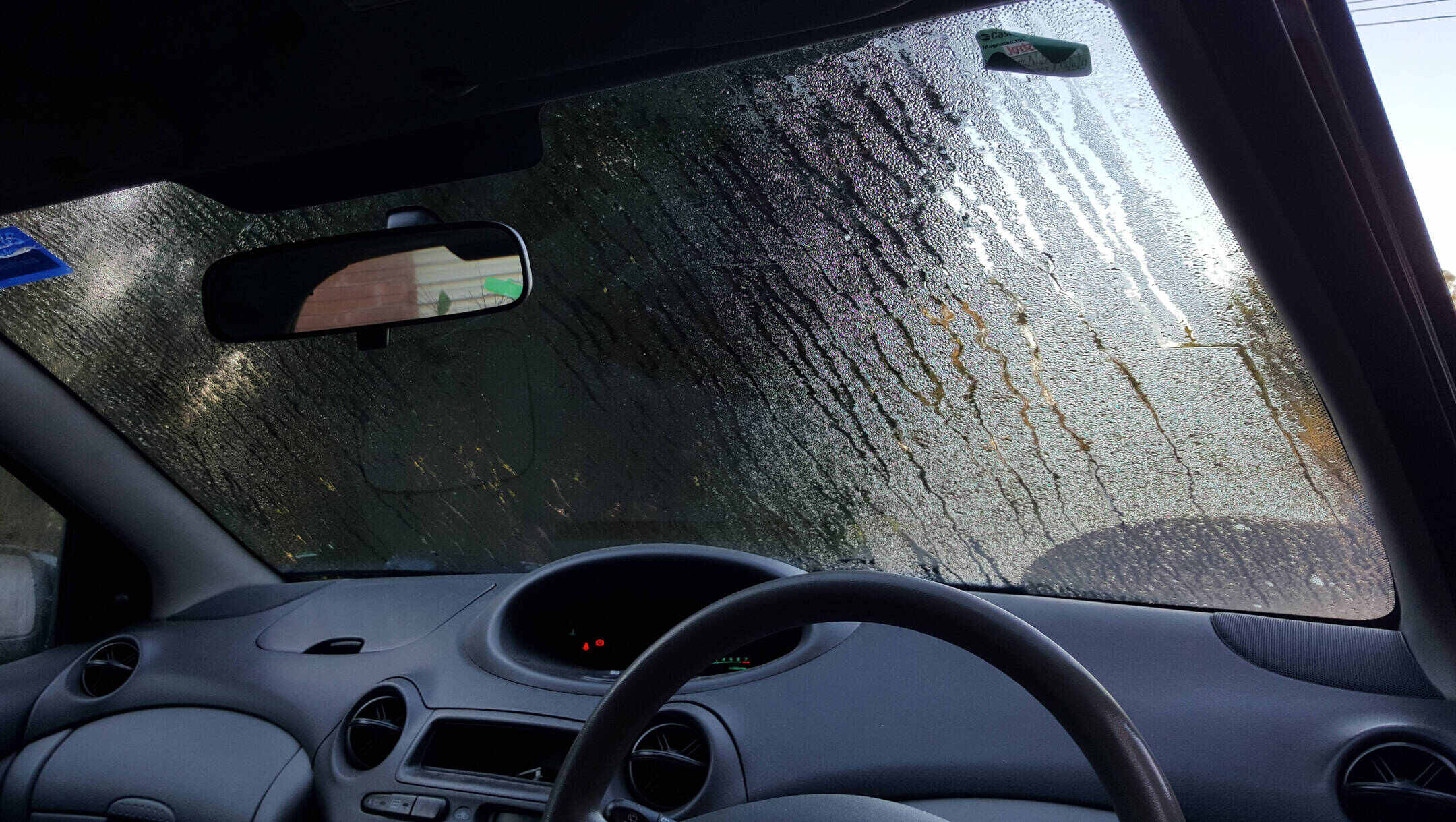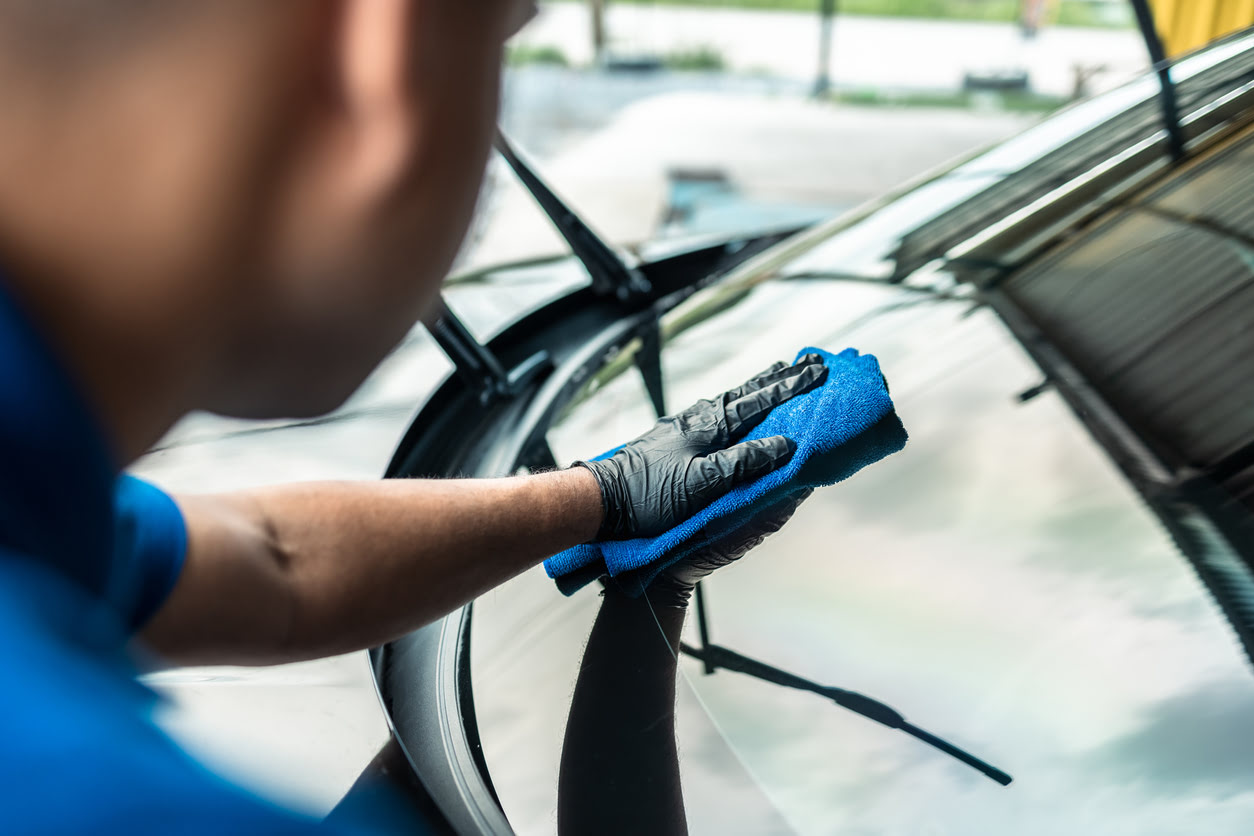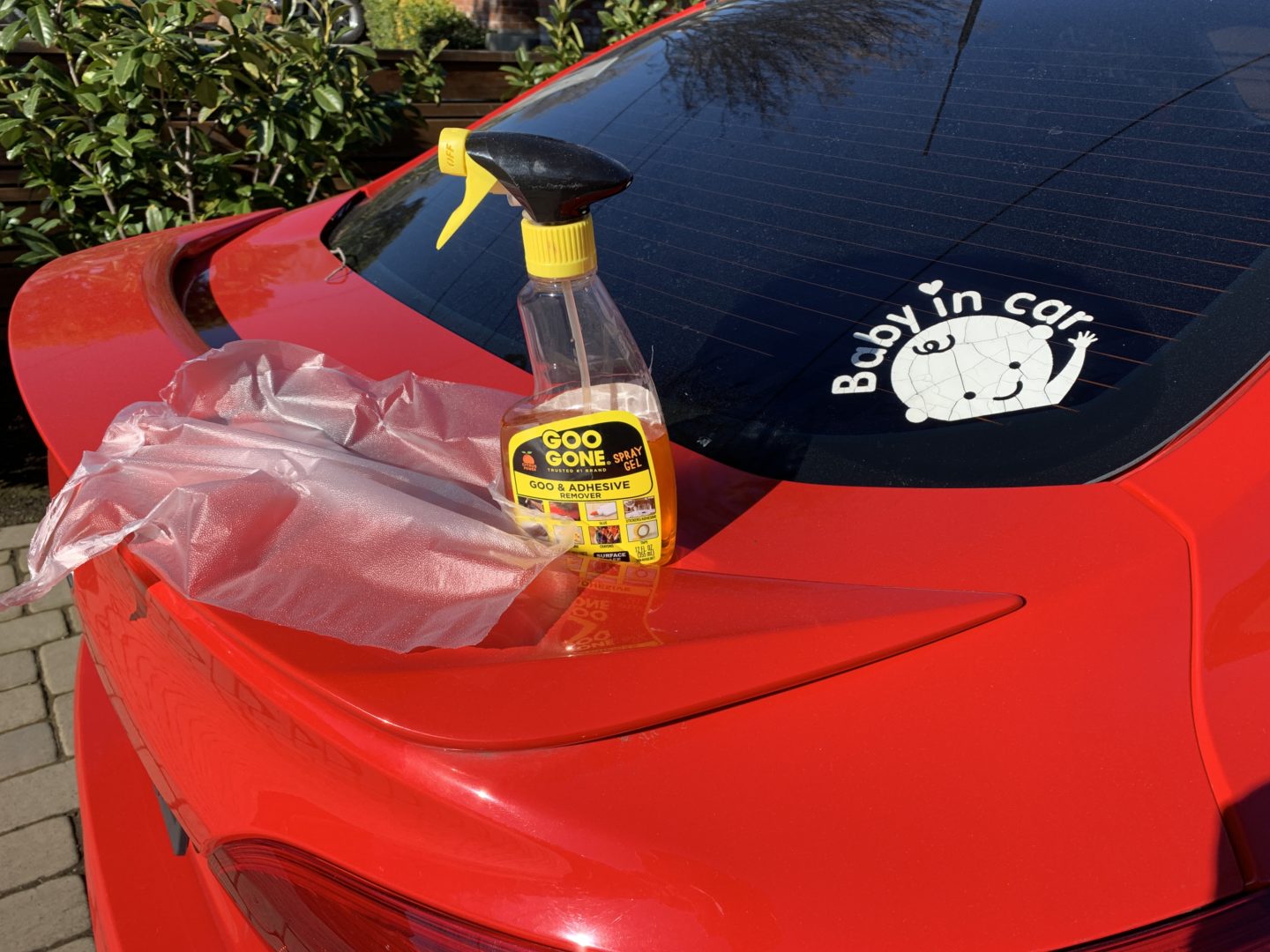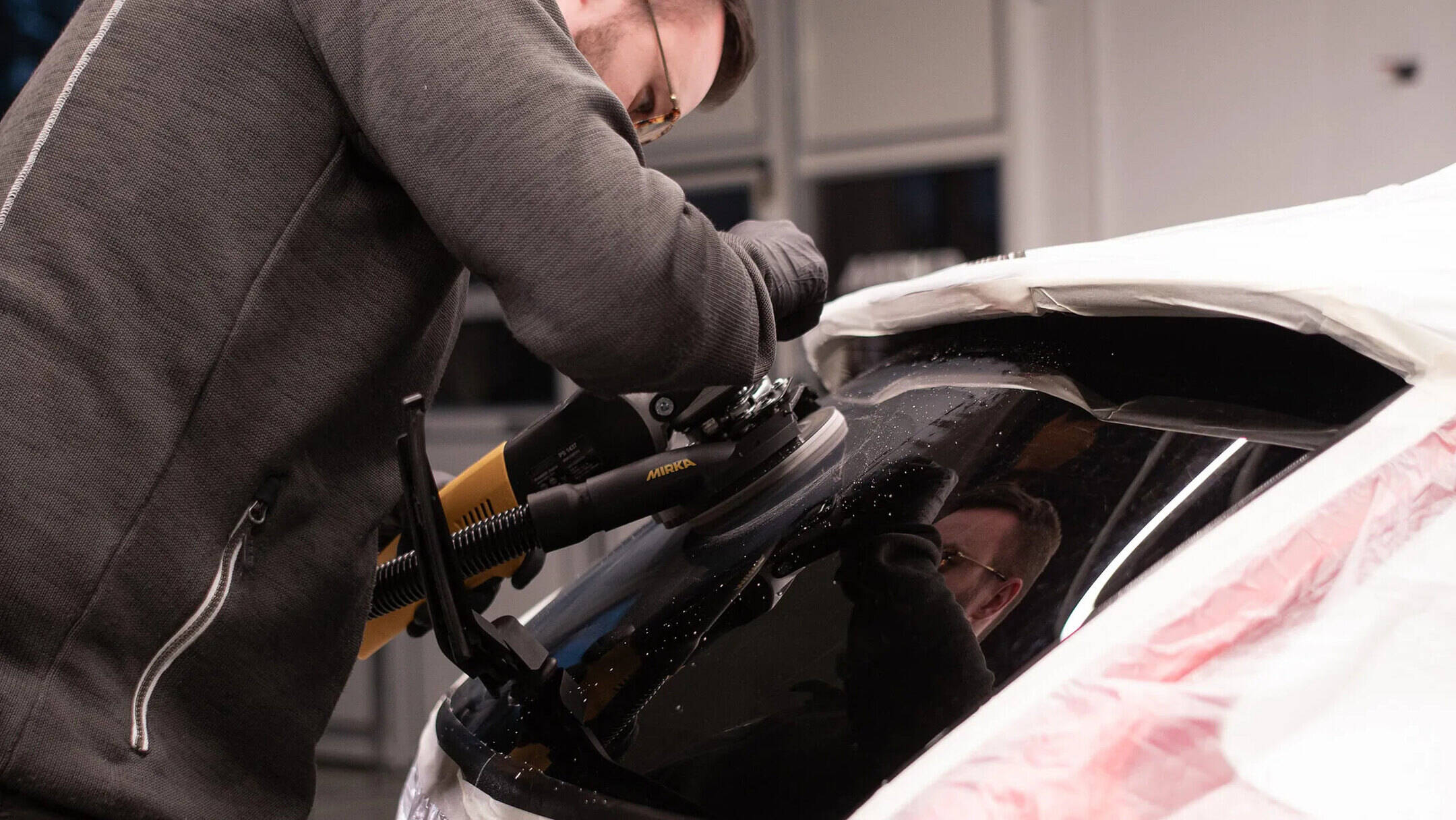Home>Others>Specialized Home Improvement Topics>How To Remove Fog From Car Windows


Specialized Home Improvement Topics
How To Remove Fog From Car Windows
Modified: February 28, 2024
Learn effective techniques for removing fog from your car windows with our specialized home improvement tips. Keep your visibility clear and drive safely.
(Many of the links in this article redirect to a specific reviewed product. Your purchase of these products through affiliate links helps to generate commission for Storables.com, at no extra cost. Learn more)
Introduction
As the cool morning air meets the warmth inside your car, foggy windows can quickly become a frustrating obstacle to safe driving. The reduced visibility caused by foggy car windows poses a significant hazard on the road, making it essential to address this issue promptly and effectively. In this comprehensive guide, we will explore the underlying causes of fog on car windows, practical tips for preventing it, and various methods for efficiently removing fog to ensure a clear and safe driving experience.
Whether you’re a seasoned driver or a novice behind the wheel, dealing with foggy car windows is a universal challenge. By understanding the science behind fog formation and implementing proven preventive measures and removal techniques, you can navigate through misty conditions with confidence and clarity. Join us as we delve into the intricacies of fog on car windows and equip ourselves with the knowledge and strategies to conquer this common nuisance.
Key Takeaways:
- Fog on car windows is caused by condensation from warm, moist air meeting cooler surfaces. Prevent it by using defoggers, maintaining interior cleanliness, and promoting air circulation.
- To remove fog from car windows, use defrosters, adjust ventilation, and consider natural methods like potato slices. These techniques ensure clear visibility for safe driving.
Understanding the Causes of Fog
Before delving into the methods for removing fog from car windows, it’s crucial to comprehend the factors that contribute to its formation. Fog on the interior of car windows is primarily the result of condensation, which occurs when warm, moisture-laden air comes into contact with a cooler surface. This phenomenon is especially prevalent during the colder months when temperature differentials between the interior and exterior of the vehicle are more pronounced.
Several factors can exacerbate the likelihood of fog formation inside a car. For instance, rainy or humid weather can significantly increase the moisture content in the air, creating a conducive environment for condensation. Additionally, activities such as transporting wet or damp items, such as clothing or sports equipment, into the car can introduce excess moisture into the vehicle’s interior, further contributing to foggy windows.
Moreover, the type of material used in the car’s interior can also influence the propensity for fog accumulation. Certain upholstery materials and carpets have a higher affinity for retaining moisture, potentially amplifying the issue of interior fogging. Furthermore, inadequate ventilation within the car can impede air circulation, leading to stagnant, moisture-laden air that is more prone to causing condensation on the windows.
Understanding these underlying causes of fog formation is pivotal in devising effective strategies for prevention and removal. By recognizing the environmental and situational factors that foster condensation, drivers can proactively implement measures to mitigate foggy windows, thereby enhancing safety and comfort during their journeys.
Tips for Preventing Fog
Preventing fog on car windows entails a multi-faceted approach that encompasses environmental adjustments, maintenance practices, and the adoption of practical habits. By implementing these preventive measures, drivers can significantly reduce the likelihood of encountering foggy windows, thereby enhancing visibility and safety while on the road.
- Use of Defogger and Air Conditioning: Engage the car’s defogger and air conditioning systems to regulate the temperature and humidity levels inside the vehicle. This helps to counteract the conditions conducive to condensation and minimizes the onset of fog on the windows.
- Regular Interior Cleaning and Maintenance: Keep the car’s interior clean and dry to mitigate moisture accumulation. Wipe down surfaces, address spills promptly, and utilize moisture-absorbing products, such as desiccants, to maintain an optimal interior environment.
- Proper Ventilation: Ensure adequate ventilation within the car by cracking windows or utilizing the fresh air intake feature to promote air circulation. This helps to reduce the concentration of moisture-laden air inside the vehicle, diminishing the potential for window fogging.
- Use of Moisture-Absorbing Materials: Employ moisture-absorbing materials, such as silica gel packets or specially designed car dehumidifiers, to reduce humidity levels within the car and prevent condensation on the windows.
- Limiting Wet Items in the Car: Minimize the presence of wet or damp items in the car, especially during inclement weather. Store wet umbrellas, clothing, and other moisture-prone items in waterproof containers to prevent the introduction of excess moisture into the vehicle’s interior.
- Application of Anti-Fog Solutions: Utilize commercial anti-fog products or DIY solutions to treat the interior surfaces of car windows. These solutions form a hydrophilic coating that helps to disperse condensation and maintain clear visibility during humid or cold conditions.
By integrating these preventive measures into their driving routine, individuals can proactively combat the occurrence of fog on car windows, fostering a safer and more comfortable driving environment. Additionally, these strategies contribute to the overall maintenance and preservation of the car’s interior, ensuring a pleasant and unobstructed driving experience in various weather conditions.
To remove fog from car windows, turn on the defroster and use the air conditioning to reduce humidity inside the car. Wiping the windows with a clean, dry cloth can also help.
Methods for Removing Fog from Car Windows
When confronted with foggy windows in a car, it’s essential to employ effective methods for swift and thorough removal. By utilizing the following techniques, drivers can efficiently eliminate fog and restore clear visibility, enhancing safety and driving comfort.
- Use of Defroster and Air Conditioning: Activate the car’s defroster and air conditioning systems to expedite the dissipation of fog on the windows. The warm, dry air produced by these systems aids in evaporating the condensation, restoring clarity to the glass surfaces.
- Adjustment of Temperature and Ventilation: Fine-tune the car’s temperature settings and ventilation controls to create an environment that discourages condensation. Balancing the interior temperature and promoting air circulation helps to accelerate the removal of fog from the windows.
- Manual Wiping with Microfiber Cloth: Employ a clean, dry microfiber cloth to manually wipe the interior surfaces of foggy windows. This gentle wiping action helps to absorb moisture and eliminate the fog, providing immediate improvement in visibility.
- Application of Defogging Products: Utilize specialized anti-fogging products, such as sprays or wipes, designed to swiftly disperse condensation and prevent fog formation on car windows. These products effectively clear the glass surfaces, ensuring unobstructed visibility while driving.
- Natural Defogging Methods: Embrace natural defogging approaches, such as using a potato slice or shaving cream, to treat foggy windows. These unconventional yet effective methods can aid in swiftly removing condensation and restoring clear visibility within the car.
- Optimizing Air Circulation: Maximize air circulation within the car by adjusting the vents and windows to facilitate the expulsion of moisture-laden air. This promotes the rapid evaporation of condensation, contributing to the efficient removal of fog from the windows.
By leveraging these proven methods for removing fog from car windows, drivers can promptly address visibility issues caused by condensation, ensuring a clear and unobstructed view of the road ahead. Whether utilizing the car’s built-in systems, commercial defogging products, or innovative natural remedies, these techniques empower individuals to swiftly counteract foggy windows and navigate safely through varying driving conditions.
Conclusion
Dealing with fog on car windows is a common challenge that drivers encounter, especially in diverse weather conditions. By gaining a comprehensive understanding of the causes of fog, implementing preventive measures, and utilizing effective removal methods, individuals can effectively manage this issue and maintain clear visibility while driving.
From leveraging the car’s defogger and air conditioning systems to adopting natural defogging remedies, a plethora of strategies exists to combat foggy windows and ensure a safe driving experience. Additionally, the proactive implementation of preventive measures, such as proper ventilation, interior maintenance, and the use of moisture-absorbing materials, significantly reduces the likelihood of fog formation within the vehicle.
As drivers become adept at recognizing the environmental and situational factors that contribute to fog on car windows, they can proactively employ preventive and removal techniques to mitigate this issue. By integrating these strategies into their driving routine, individuals can navigate through misty conditions with confidence, clarity, and enhanced safety.
Ultimately, by arming themselves with the knowledge and practical approaches outlined in this guide, drivers can effectively address foggy windows, ensuring an unobstructed view of the road and a heightened sense of security during their journeys. Embracing these insights and strategies empowers individuals to conquer the nuisance of fog on car windows, fostering a safer and more enjoyable driving experience for all.
Frequently Asked Questions about How To Remove Fog From Car Windows
Was this page helpful?
At Storables.com, we guarantee accurate and reliable information. Our content, validated by Expert Board Contributors, is crafted following stringent Editorial Policies. We're committed to providing you with well-researched, expert-backed insights for all your informational needs.
















0 thoughts on “How To Remove Fog From Car Windows”